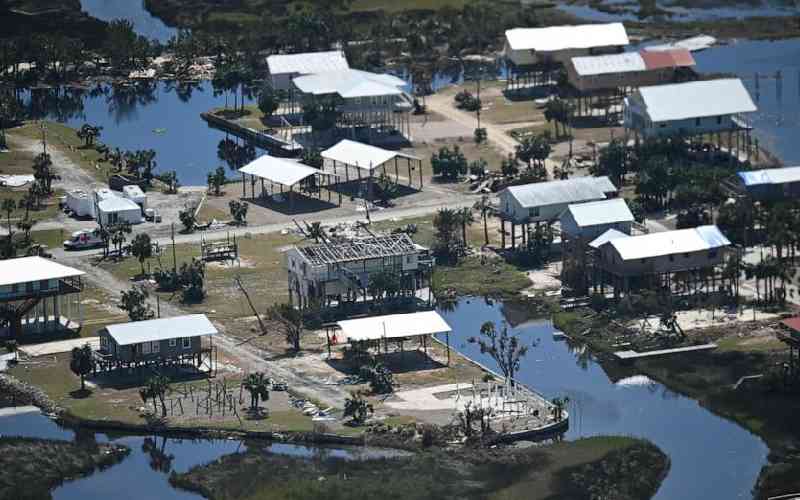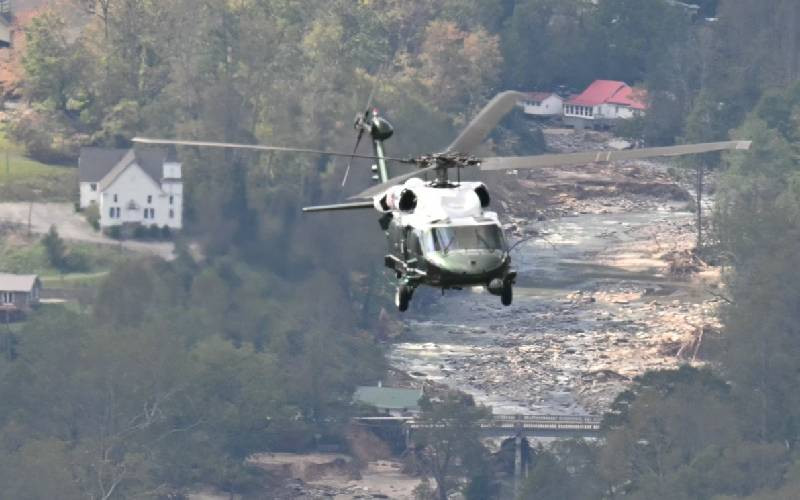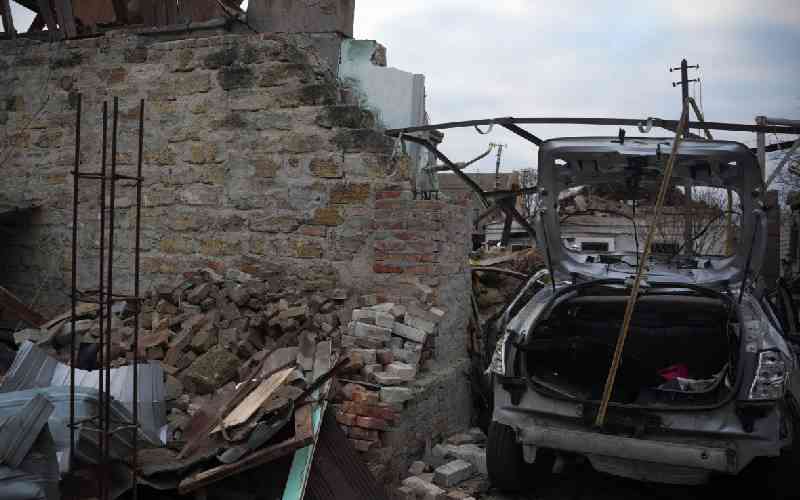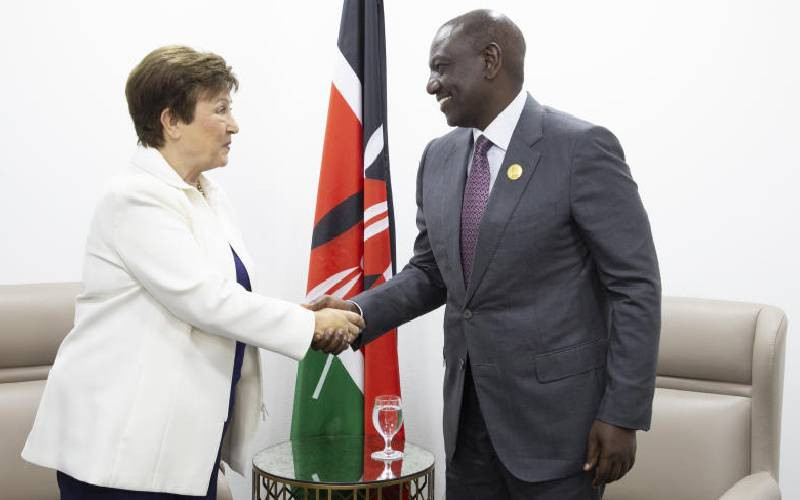Nairobi; Kenya: Kenya Wildlife Service (KWS) acting Director, William Kiprono, has warned against continued destruction of the Mau Forest.
Speaking in Nakuru, Kiprono said three major rivers; Nderit, Makala and Naishi that feed Lake Nakuru, originate from Mau, the main catchment area and should be protected.
However, he said, as an urban park, Lake Nakuru National Park also faces challenges, especially from liquid and solid wastes originating from the town.
“If this continues unchecked, the lake may become too toxic for the aquatic life, and would spell death to this beautiful heritage,” he said. He said it was every Kenyan’s responsibility to preserve the ecological integrity of the lake.
Kiprono, while addressing residents during the annual cycle with the Rhino event, said pollution by plastic waste from Nakuru town was getting out of control.
He said that flood water carries tones of plastic waste into the lake, which is now killing it slowly.
“KWS cleans up to 500 kilogrammes of plastic a week, which is very harmful to the environment. I urge the county government to seek ways to curb the wanton use of plastics”, he said.
Kiprono said stakeholders must work together to tackle the menace.
He said Kenya should borrow a leaf from Rwanda that has managed to control its plastic litter problem.
“Besides being an eyesore, our wildlife die from eating these plastics. We have to act now”, he added.
He cited poaching, overstocking of grazers, lack of disposal areas as the park is fenced, invasive species, and deforestation, as the main challenges facing the lake.
The recent flooding, according to Kiprono, led to the submersion of about 20-kilometre square of terrestrial habitat greatly affecting the park infrastructure and wildlife.
He also said climate change was real and as an organisation, they embrace the input of other stakeholders in wildlife conservation and that they must find ways to mitigate its negative effects.
Cycle with a Rhino is organised by the KWS in partnership with Lake Nakuru National Park Action Committee, which comprises of a group of local stakeholders.
More than Sh70 million has been raised to fence the 74-kilometre stretch with yesterday’s event targeting to raise Sh6 million to facilitate completion of the remaining distance. Sponsors who have annually contributed millions of cash include, Nakuru County government, Standard Chartered Bank, KWS, Flamingo hill, Lake Nakuru lodge, Bontana hotel, wild life club of Kenya and Nakumatt limited.
Stay informed. Subscribe to our newsletter
The black rhino in Kenya dropped from an estimated 20,000 in 1970 to less than 400 by 1990.
However, the Government introduced tougher penalties to poachers, consequently, a recovery trend has been registered and in 2010, the number increased to 597.
Illegal demand for rhino horn and the resulting poaching, declining habitats and climate change continue to be a major threat to the black rhino.
 The Standard Group Plc is a
multi-media organization with investments in media platforms spanning newspaper
print operations, television, radio broadcasting, digital and online services. The
Standard Group is recognized as a leading multi-media house in Kenya with a key
influence in matters of national and international interest.
The Standard Group Plc is a
multi-media organization with investments in media platforms spanning newspaper
print operations, television, radio broadcasting, digital and online services. The
Standard Group is recognized as a leading multi-media house in Kenya with a key
influence in matters of national and international interest.
 The Standard Group Plc is a
multi-media organization with investments in media platforms spanning newspaper
print operations, television, radio broadcasting, digital and online services. The
Standard Group is recognized as a leading multi-media house in Kenya with a key
influence in matters of national and international interest.
The Standard Group Plc is a
multi-media organization with investments in media platforms spanning newspaper
print operations, television, radio broadcasting, digital and online services. The
Standard Group is recognized as a leading multi-media house in Kenya with a key
influence in matters of national and international interest.








